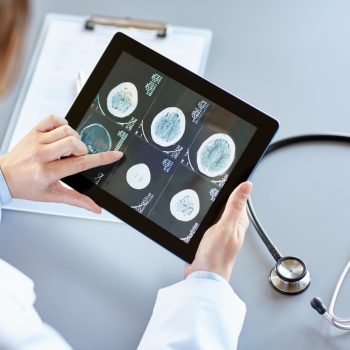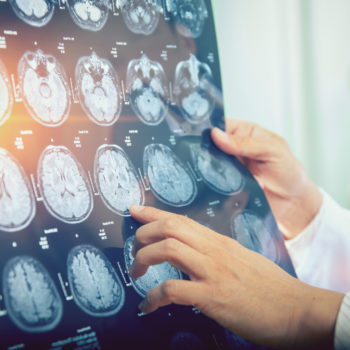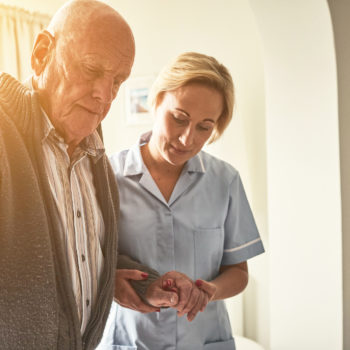Technology could help patients with multiple sclerosis. This (and other digital tools) was discussed during a training course for neurologists entitled “E-health & Multiple Sclerosis” and organized in Naples by the Neurological Clinic of the Vanvitelli University of Naples, with the contribution of Teva Italia. However, do the web and digital technology really offer an innovative way of dealing with patient care? We talk about this topic with Francesca Gallia, neurologist at Humanitas.
The web connection tool between doctors and patients
Social networks can also be a tool for connecting doctors and patients with multiple sclerosis. Much has been said in this field by the blog of the “Barts and The London School of Medicine and Dentistry” in London. According to Klaus Schmierer, one of the neurologists who animate it, digital communities can also be important for researchers and doctors, who can recruit patients for their studies, involve them throughout the process and raise funds.
Patient-friendly social media and apps
Online tools already exist for communities of multiple sclerosis patients to access and network. While the online interactions that already take place between specialists to exchange opinions and discuss cases have long been customs cleared, the tools in which patients and doctors are put in contact require more caution but are already yielding good results. Just think of the many apps that keep the patient in contact with his team, helping him in the daily management of the therapy, proving useful tools for cognitive rehabilitation.
Then there is the “SM social network” (www.smsocialnetwork.it), the social network dedicated to people with multiple sclerosis managed by the Neapolitan Neurological Clinic of the Vanvitelli University. In this virtual space there have already been involved 13 thousand people who dialogue with each other in a constructive way, giving an additional opportunity to share information with patients.
The neurologist’s opinion on technology
To find out if professionals see new technologies applied to care more as a nuisance that increases the workload or an opportunity to exploit the SIN Italian Society of Neurology launched a survey entitled: “Neurology 3.0, are we ready? – State of the art on the relationship between Italian neurologists, social media, apps, wearable devices and exergames”.
Out of 200 doctors interviewed, 42% said they communicate with patients through social media, but 54% were not in favor (unfavorable) of the use of social media in patient interaction. Only 18% are in favor. When asked how the advent of social media has affected the relationship with the patient, the majority (43%) said that “it has improved with due limitations, as a more direct and practical way to communicate,” for 25% has not changed much, for 16% “it has deteriorated: I cannot keep the professional and private spheres separate,” while for 8% “it has deteriorated significantly, there is no more medical detachment and patients contact me for any alleged symptom.
Technology is an element that is now part of our daily lives and it would be a pity not to exploit the potential of digital tools available in the medical field and in particular in the management of multiple aspects of a complex pathology such as multiple sclerosis – said the specialist Humanitas – First of all the mail, social and apps are a valuable tool for medical and patient communication that allow you to monitor the patient remotely. Our goal is to treat patients effectively and to interfere as little as possible with their daily lives, so reducing the number of visits without affecting the quality of communication with the patient is critical.
“A second aspect that I think is really important of the communication through the technological principals – added Gaul – is that the patient can count on the fact that, in the face of the appearance of new symptoms, he can promptly alert the team that follows him and, being a disease with a relapsing course mostly referring and with a very variable symptomatology, this possibility generates greater security in the patient who knows he can deal with the doctor reducing the concern of being alone to deal with new symptoms. In some cases, the applications allow the patient to have a better adherence to the therapy and to carry out the laboratory and instrumental examinations necessary for a correct monitoring of the disease and the effects of the therapy. Surely for the new generations of doctors the use of technology is essential in clinical practice especially in the management of a disease such as multiple sclerosis that affects mainly young adults. The technology is certainly a valuable ally, although it obviously cannot replace direct personal contact between doctor and patient.










